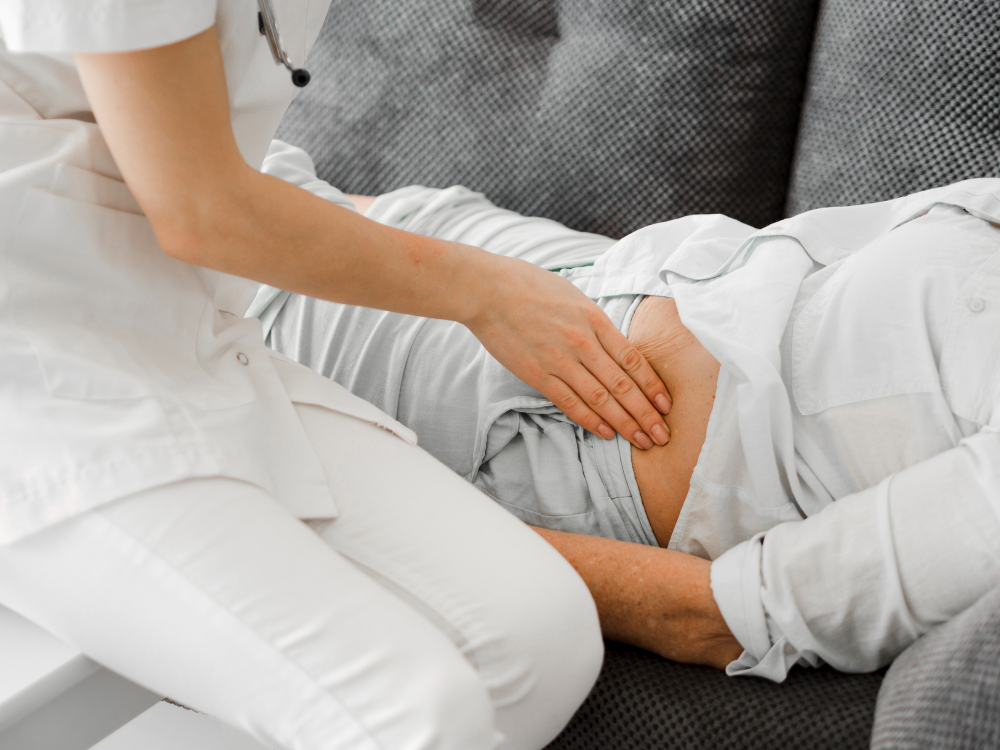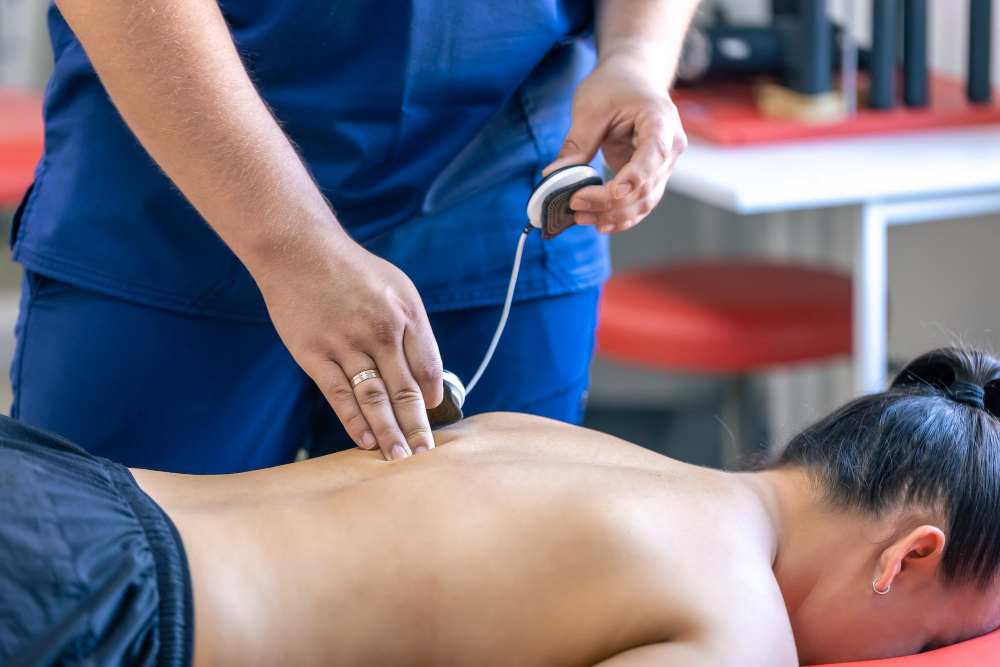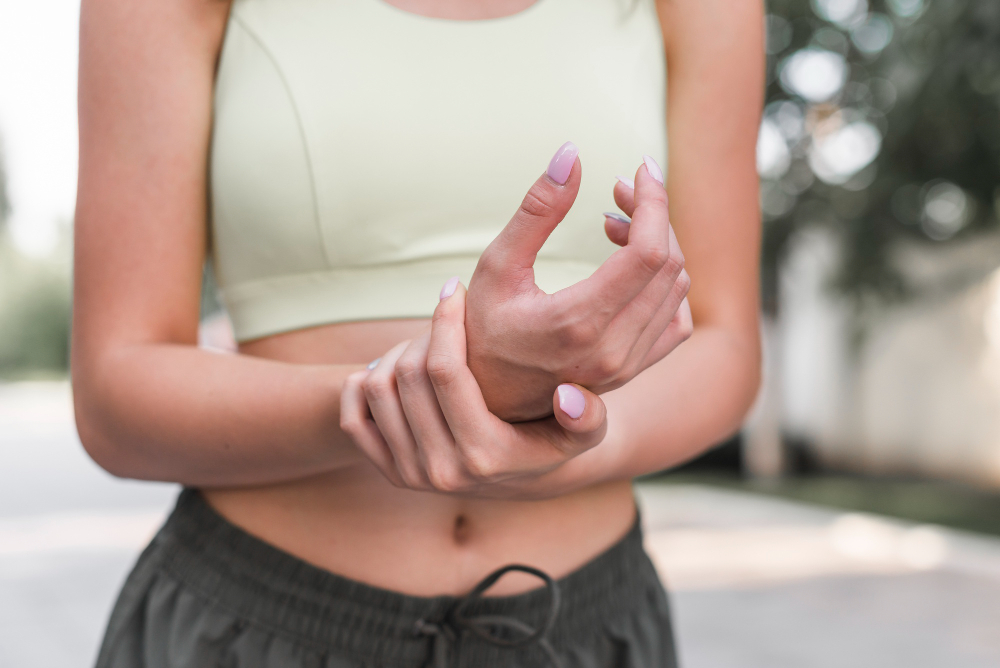Dry needling, also known as Western Medical acupuncture, and traditional Chinese acupuncture may look like the same treatment, but there are acute differences that make them beneficial treatments for different reasons. Although both involve the insertion of thin needles into the skin, understanding the differences can help you decide which type of treatment is right for you.
Let’s explore the difference between dry needling and traditional acupuncture.
What is dry needling?
Unlike traditional acupuncture that has been around for thousands of years, dry needling is a modern treatment. The treatment was developed with the aim to ease muscle pain and cramping, with growing popularity amongst osteopaths and patients.
The process of dry needling involves inserting fine needles into the skin, particularly where there are muscle issues. The fine needles vary in length, depending on the area to be treated, and are made of stainless-steel. Most importantly, they don’t inject fluid during insertion; hence the term ‘dry’.
The needles are inserted into the pressure points, also known as ‘trigger points’, to relieve tightness and knots in the muscles. The technical term for this is ‘intramuscular stimulation’.
What is acupuncture?
Acupuncture originates from traditional Chinese medicine and has been around for tens of thousands of years. 2.3 million acupuncture treatments are performed across the UK every year, making it one of the most popular therapies. People undertake acupuncture for many different conditions, including chronic illnesses and even as part of a health maintenance regime.
Acupuncture uses very thin steel needles (usually the width of two hairs) inserted into the skin to stimulate points nerves, muscles and connective tissue.
What is the difference between dry needling and acupuncture?
Dry needling is believed to relieve pain and discomfort through the placing of needles in specific points in the body, whereas acupuncture is designed to stimulate trigger points, or muscles that are irritated or tight.
What are the benefits of dry needling?
There’s many dry needling benefits that can work for all different kinds of patients. The needle insertion can help:
- Release tension
- Relieve spasms, muscle pain and stiffness
- Improve flexibility
- Increase range of motion
Dry needling is often used to help different types of pain, including sports injuries and fibromyalgia pain. Although dry needling doesn’t currently have guidelines, it will likely become standardised as more research and information becomes available. Most of our osteopaths have also trained in dry needling and often use it as part of their treatment approach.
What are the benefits of acupuncture?
Acupuncture is believed to stimulate the nervous system as the needles inserted into the trigger points help to loosen muscles. Many practitioners will recommend acupuncture as a way to:
- Lower inflammation
- Increase blood flow
- Trigger the release of endorphins, to relieve pain
Acupuncture can be an effective treatment for many conditions, including:
- Anxiety Disorders
- Chronic Fatigue Syndrome
- Depression
- Fibromyalgia
- Gastrointestinal Tract Disorders
- Headache/Migraine
- Hypertension
- Insomnia
- IBS
- Menopausal Symptoms
- Stress
- Type II Diabetes
Acupuncture or dry needling?
As it stands, acupuncture has more firm and definitive research, with acupuncture practitioners being regulated in training and practice. If you’re looking for well-established, regulated, alternative treatment from a highly-trained therapist, acupuncture may be the choice for you.
Dry needling is still a relatively new modality, so research on long term effects is limited. This research does show though that there are very little side effects and it is a good potential option as a treatment for pain relief. Although dry needling is less established, early results suggest it could be helpful in the relief of pain. If you’re willing to try a less-proven option, it could be a good option for you.
If you would like to speak to us about either please get in touch with us and one of our team can speak to you about both options.





